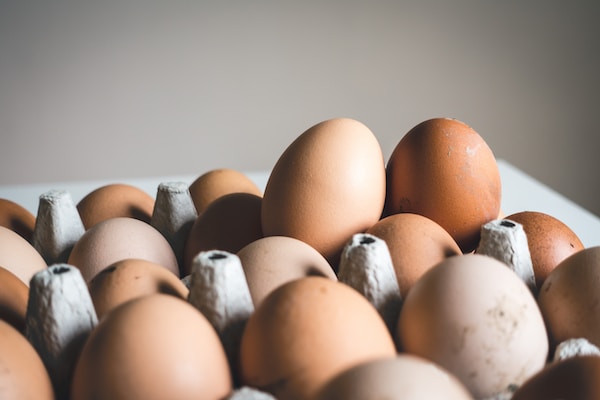
How to Determine If Eggs Are Still Good: A Home Cook's Guide
- 5 minutes reading time
As a home cook, using fresh ingredients is essential for preparing delicious and safe meals. When it comes to eggs, determining their freshness can be a bit confusing. But fear not! In this guide, we will walk you through simple methods to know if eggs are still good or if they have gone bad.
Importance of Fresh Eggs
Before diving into the ways to check an egg's freshness, it's crucial to understand why using fresh eggs matters. Fresh eggs not only taste better but are also safer to eat. They can provide the right texture, flavor, and structure to your baked goods, omelets, and other dishes. On the other hand, spoiled eggs can ruin your culinary creations, lead to foodborne illnesses, and result in unpleasant odors.
The Float Test
One of the most popular methods to determine an egg's freshness is the float test. Here's how it works:
- Fill a bowl with cold water.
- Gently place the egg into the water.
- Observe the egg's position:
- If the egg sinks horizontally and rests on the bottom, it is very fresh.
- If the egg stands upright on the bottom, it is still fresh but should be used soon.
- If the egg floats or stands on its smaller end, it's best to discard it, as it is no longer fresh.
The Shake Test
A quick way to check an egg's freshness is by giving it a shake. Follow these steps:
- Hold the egg close to your ear.
- Shake it gently.
- Listen for any sloshing sounds:
- If you don't hear anything, the egg is fresh.
- If you hear a slight sloshing sound, the egg is still good to use but should be cooked thoroughly.
- If you hear a loud sloshing sound, the egg has likely gone bad and should be discarded.
The Candling Method
The candling method involves using a bright light source to inspect the egg's interior. Although it requires more effort, it can provide accurate results. Here's how to candle an egg:
- Choose a dark room and turn off the lights.
- Place a small flashlight or a candle at the back of the egg.
- Examine the egg's contents:
- If you see a clear, well-defined yolk and the egg white is firm, the egg is fresh.
- If you notice a larger yolk, a watery egg white, or any unusual colors or shapes, the egg is likely spoiled.
Other Signs of Spoiled Eggs
Apart from the testing methods mentioned above, there are other signs to look out for to determine if an egg has gone bad:
- Check the expiration date on the egg carton. However, keep in mind that the expiration date only indicates the egg's peak freshness and not its safety.
- Inspect the shell for cracks, leaks, or any unusual texture.
- Smell the egg. A strong sulfur or rotten smell indicates spoilage.
- Examine the egg white and yolk. If they appear discolored, slimy, or have a foul odor, the egg is no longer fresh.
Storing Eggs Properly
To maximize the freshness and quality of eggs, it's essential to store them properly. Follow these guidelines:
- Keep eggs refrigerated at a temperature between 0.5°C (33°F) and 4°C (40°F).
- Store eggs in their original carton to protect them from absorbing odors.
- Place the carton in the main body of the refrigerator, rather than on the door, for a consistent temperature.
- Avoid storing eggs near foods with strong odors, such as onions or fish.
Conclusion
Ensuring the freshness of eggs is a crucial step in cooking delicious and safe meals. By following the methods mentioned in this guide, you can confidently use fresh eggs in your recipes. Remember to trust your senses and discard any eggs that show signs of spoilage. Happy cooking!
All your recipes in one app.
Organize all your recipes now with the best recipe management app. What are you waiting for?

